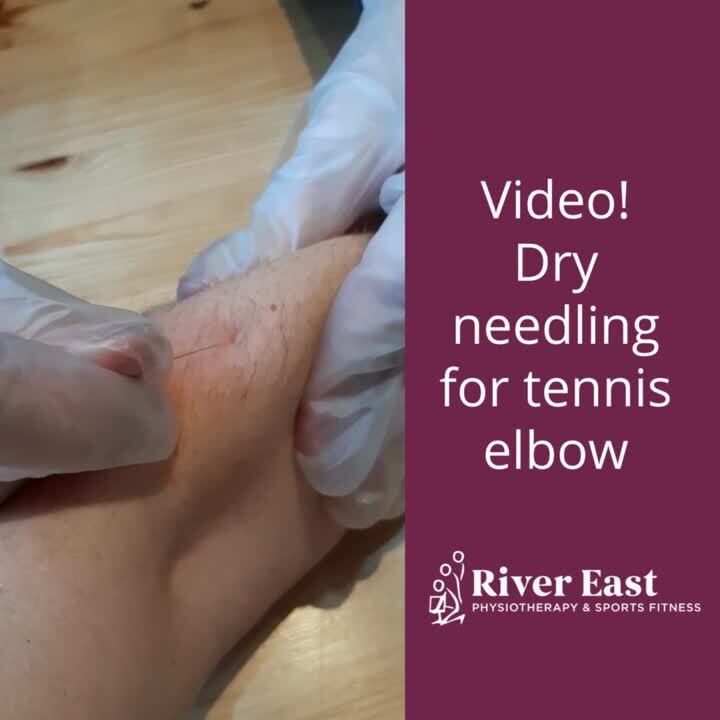Dry needling (dry needle therapy) is a technique that uses thin, flexible, sterile, disposable needles, similar to acupuncture needles. Needles are inserted into "trigger points" in tight tissues that are reducing movement and causing pain. The therapist inserts and removes the needle quickly and repeatedly, targeting the tight tissue from multiple angles.

Some patients get immediate results from dry needling, although repeated treatments are usually needed. Before any needling, skin is swabbed with a disinfectant for extra safety.
Dry needle therapy requires post-graduate training and certification. All our physiotherapists who offer dry needling are also certified in acupuncture. Many of our therapists, including Don Charbonneau, are trained in advanced dry needling techniques such as the Gokavi Transverse Technique.
People commonly ask us what the difference is between dry needling and acupuncture. Our blog post, here, answers that question exactly.
Can dry needling help you? Call us for a free 15-minute phone consultation to see if this physical therapy approach is appropriate for your symptoms.



